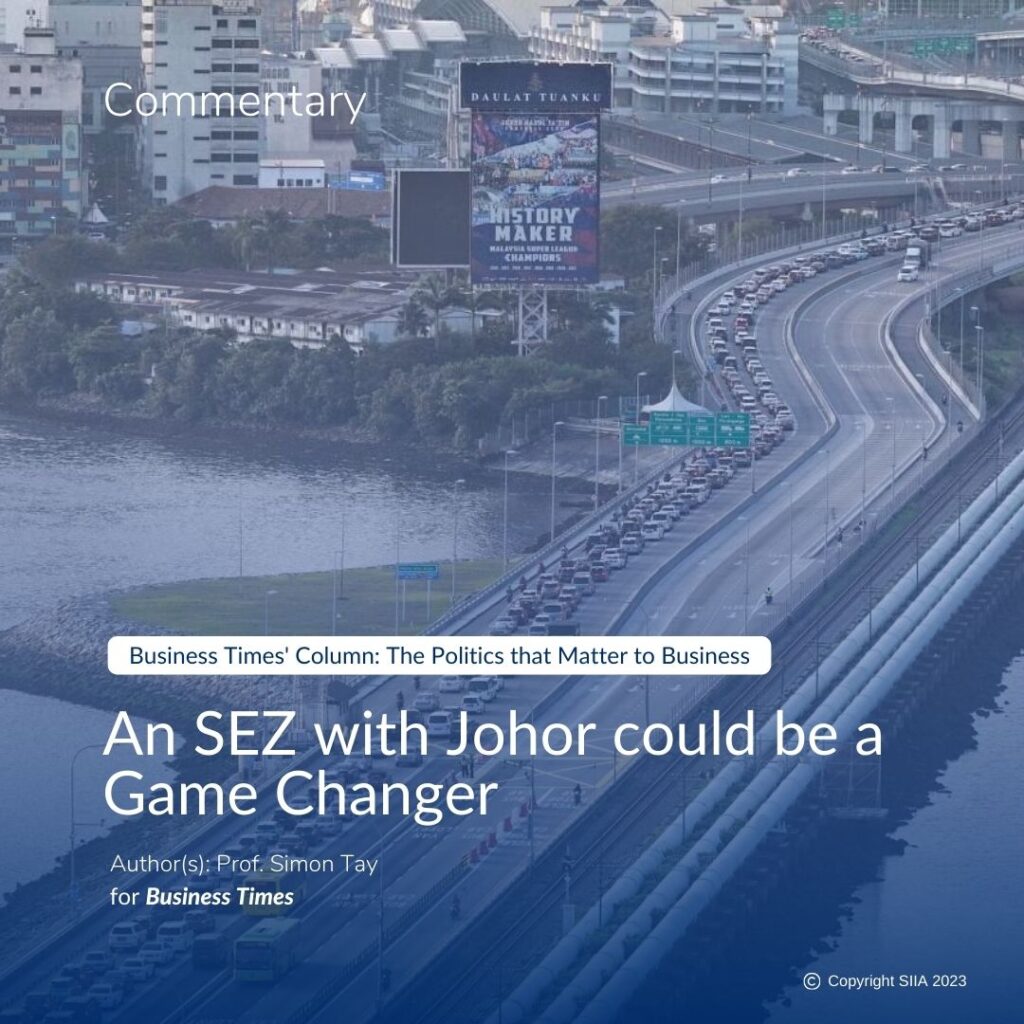The Association of South-east Asian Nations (ASEAN) draws both admirers and detractors — and the recent ministerial meeting hosted by Brunei provided ample evidence for each point of view.
While there were signs of positive movement, thorny obstacles lie on the path ahead. This is especially so with regards to the South China Sea disputes discussed at the ensuing ASEAN Regional Forum (ARF).
The issue is a potential landmine and not just for the four ASEAN member states that have overlapping claims with China. Overall unity can be affected, as witnessed at last year’s Cambodian meeting where a joint statement could not be agreed upon due to sensitivities.
In the months since, the situation has not improved — indeed, things seem worse.
At the meeting this month, the Philippines issued a statement of its concerns that the South China Sea was being increasingly militarised. China’s new Foreign Minister Wang Yi, attending his first ARF, rebutted the accusations and suggested tapping the maritime security cooperation fund between ASEAN and China to tackle areas such as navigation safety and biodiversity.
Brunei, as chairman, has worked hard to calm things and it is a notable step forward that consultations on a code of conduct will proceed. Senior officials will meet in September. They should commence to outline principles and practical measures.
PUT MATTERS IN CONTEXT
But there are already cautionary notes sounding. The upcoming meeting is termed a “consultation”, not a “negotiation”.
An Eminent Persons and Experts Group will also be convened — which sounds helpful but might distract. It remains to be seen if the official process will move speedily or degenerate into diplomatic quagmire.
What the Brunei meeting gives is not a solution but breathing space.
Moreover, the South China Sea issue should not be the sole measure of ASEAN’s progress. There is a wider agenda of community building and economic integration, as well as the effort to be a central player in the Asia-Pacific. Here are three approaches that ASEAN should consider, on top of the Code of Conduct.
First, contextualise China-ASEAN cooperation. Mr Wang Yi seems to be making efforts to manage relations more smoothly and, if so, ASEAN should reciprocate.
Thailand must step up in its role as ASEAN’s designated coordinator and is well placed to do so — with an American alliance on one hand and economic interests with China on the other. One Thai government initiative is to host a high level but informal dialogue with ASEAN, Chinese officials and think-tanks in early August. This can reinforce the overall and often positive framework of cooperation.
FOCUS ON BIG STRATEGIC PICTURE
Secondly, engage on wider strategic issues facing the Asia-Pacific.
ASEAN must seize opportunities at two summits that will happen back-to-back in October — the Asia-Pacific Economic Cooperation (APEC) meeting, hosted by Indonesia, and its own East Asia Summit (EAS), hosted by Brunei. While APEC is bigger, the EAS bears special attention.
First conceived in 2005, the EAS was expanded to bring in American and Russian leaders; its agenda has also proliferated. Topics range from energy and environment, disaster management, health and regional economic integration, to maritime security, food and energy security and biodiversity.
These are all of interest, but a laundry list of miscellaneous projects will not deliver the over-arching objective of strategic discussion among leaders. ASEAN would do well to prune the EAS agenda to facilitate forward-looking discussions that add to strategic trust.
The EAS should not encumber the leaders with too much minutiae but aim high — such as a G8 for the Asia-Pacific. It could also minimise the danger that maritime issues might spark fractious and divisive diatribes.
DOESN’T HAVE TO BE ZERO SUM
In this context, the third step ASEAN should consider is to guide EAS discussion on two broad themes.
One would be around energy security and the environment. This is an issue that concerns all EAS countries, especially the host, Brunei. Energy also underpins the maritime disputes, with the prospects of vast resources to be tapped.
Energy security need not be a zero-sum game. There are examples of cooperation and joint development to tap energy resources in disputed areas, such as that between Thailand and Malaysia.
The second theme would be about trade agreements and economic integration. The American-led Trans-Pacific Partnership is reaching a critical milestone, even as the ASEAN-centred Regional Comprehensive Economic Partnership gears up. The former does not currently include China and all of ASEAN, while the latter excludes the United States.
If these are two initiatives are not to be inconsistent or clash, each should get a broad and strategic understanding of the other.
The South China Sea disputes have hogged the headlines and it is essential that the official consultations show visible progress. But other efforts must be made for peace in the region. Only then can the breathing space created by the Brunei ministerial meeting be converted from a temporary respite into a lasting legacy.
ABOUT THE AUTHORS:
Simon Tay is Chairman of the Singapore Institute of International Affairs (SIIA) and an associate professor at the National University of Singapore Faculty of Law. Jonathan Tan is a Deputy Director and Fellow at the SIIA. This commentary first appeared in TODAY on 12th July 2013.




